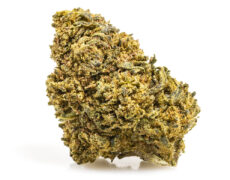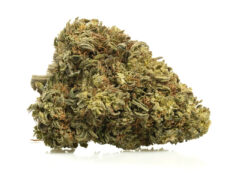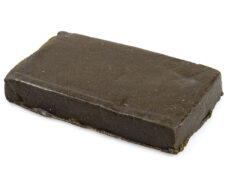Modified on: 21/12/2023
Discovering cannabaceae plants: here’s what you need to know
Cannabaceae plants are characterised by sexual dimorphism, i.e., there are female and male varieties. The former can be recognised by their white filaments, the latter by their green protuberances.
However, depending on external conditions, the plant may become hermaphroditic or semi-autoflowering (a variety resulting from a cross between indica hemp and ruderal hemp). In general, we distinguish three types of Cannabaceae plants:
- cannabis sativa
- cannabis indica
- cannabis ruderalis
Upon reaching maturity, the female produces a large quantity of resin flowers containing delta-9-tetrahydrocannabinol (THC) and cannabidiol (CBD) to trap the pollen produced by the male.
After producing pollen, the male’s life cycle ends. Meanwhile, the female channels all her energy into the production of seeds that determine the end of the female’s life cycle when they reach maturity.
This article will discuss the three main types of cannabis and some benefits of this plant.
Cannabaceae plants: the three types
| Topology | Origins | Height | Uses |
| Cannabis sativa | tropical area | 4-5 meters | textile industry |
| Cannabis indica | mountain locations | 1,5 meters | medical purpose |
| Cannabis ruderalis | Siberia | 0,5 meters | production of CBD-containing hybrids |
Cannabis sativa
Cannabis sativa, commonly known as hemp, is a plant that originates from tropical areas such as the Caribbean and the islands of Thailand. It can reach 3-4 metres in height and produce up to 1.5 kg of dried flowers (or CBD flowers).
This species has a so-called cerebral effect: compared to indica cannabis, it acts less on the body and more on the mind; in fact, it is used medically to treat anxiety, panic, and depression. Its medical use is medium to low THC content, between 1-2%.
Lastly, hemp has an excellent reputation in the textile industry, where its fibres are extracted.
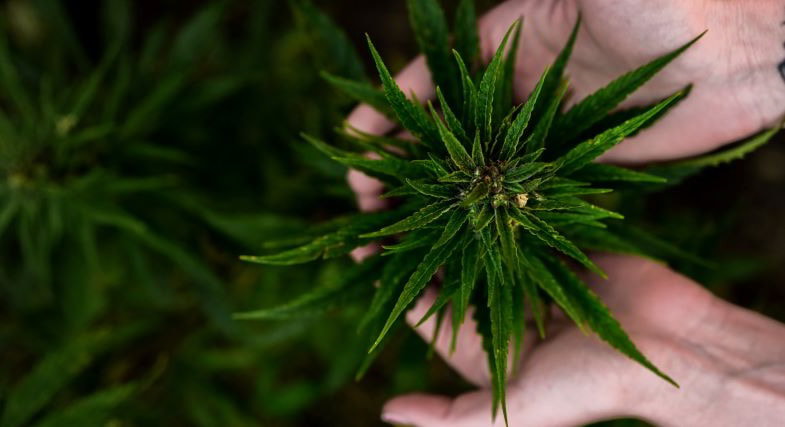

Cannabis indica
Cannabis indica, or Indian hemp, has a higher level of THC (up to 25%). Characterised by its shrubby habit, it can grow up to one and a half metres in height and is recognisable by its Christmas tree shape. It originates in mountainous or high hill locations like Nepal and northern India.
As mentioned above, it has a relaxing effect on the body and mind. It is not used in the textile industry like the sativa but to extract inflorescences that contain active ingredients used for medicinal purposes.
Read also: Cannabis cycle: here are all the growth phases of the plant
Cannabis ruderalis
Cannabis ruderalis is also known as ruderal hemp, Russian hemp or American hemp. As one of its names suggests, it originates in the cold regions of Siberia, reaches half a metre in height and has few, if any, tops.
It is not used for marijuana production due to its low THC content but for producing hybrids containing high levels of CBD.
Benefits of Cannabaceae plants
Cannabaceae plants (which are now also prevalent in legal hemp, i.e., almost THC-free) have a high trichome content, ensuring a high terpene and cannabinoid content during resin production. For this reason, cannabis is generally used for medicinal purposes.
Research has identified around 113 phytocannabinoids and 120 terpenes; however, studies to isolate and identify them continue.
Cannabis and chronic pain
Cannabinoids are used to alleviate chronic pain without the risk of respiratory depression, leading to a deficit in blood oxygenation.
They also help with neuropathic pain in multiple sclerosis, nausea, and vomiting caused by chemotherapy and stimulate appetite in people suffering from anorexia nervosa, AIDS and cancer.
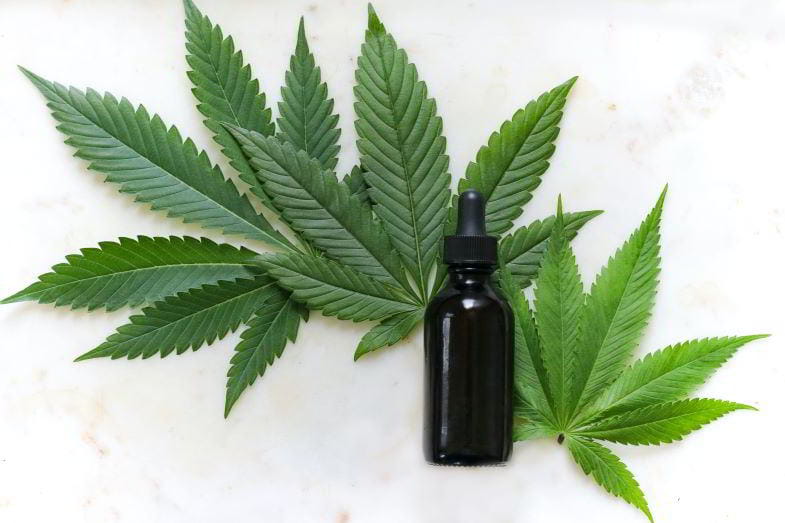

The use of cannabis for medicinal purposes
The cannabis plant has omega 3 and omega 6 in its seeds, essential elements in our diet. They also contain eight amino acids that the body does not produce, proteins, minerals, and vitamins.
It is possible to extract oil from hemp seeds, widely used in food because of its very high nutritional value (different from CBD oil).
CBD helps to relax
Cannabidiol (CBD) is the main constituent of CBD cannabis and has several benefits that more and more studies tend to confirm. Unlike marijuana users who seek other effects due to the presence of THC, cannabidiol users prefer this substance to treat anxiety naturally but also to combat stress and depression.
Researchers recently studied it at Pullman University in Washington and demonstrated it in a sample of 1,400 people suffering from anxiety, stress, panic, and discontent.
Read also: All types of marijuana
Conclusions
In conclusion, this article has explained the three main types of Cannabaceae plants (Sativa, indica and ruderalis) and their main characteristics and uses. Finally, we have seen how the use of cannabis in various settings has benefits that are gradually being confirmed by research.
While waiting for further feedback, if you are passionate about cannabis and would like to collect the best varieties of its legal inflorescences or derivatives, please visit our online store Justbob.
In our cannabis CBD shop, you can choose between legal weed, hashish and CBD oil. We are waiting for you!


